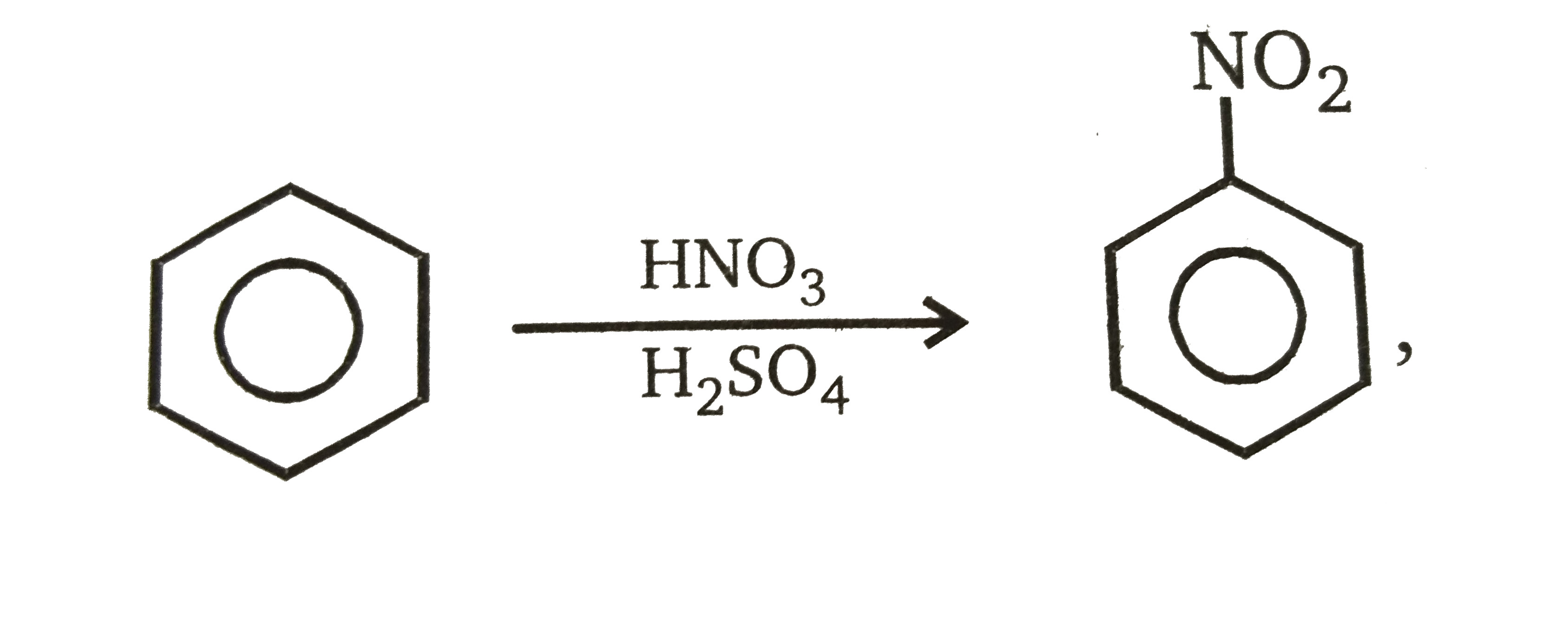van't Hoffer factor for acetic acid in aqueos medium at infinite dilution is
2
1
1/2
3
The correct Answer is:A
To determine the van't Hoff factor (i) for acetic acid (CH₃COOH) in aqueous medium at infinite dilution, we can follow these steps:
Step 1: Understand the Concept of van't Hoff Factor
The van't Hoff factor (i) is a measure of the number of particles into which a solute dissociates in solution. For a non-electrolyte, i = 1, while for electrolytes, it can be greater than 1 depending on the degree of dissociation.
Step 2: Identify the Nature of Acetic Acid
Acetic acid (CH₃COOH) is a weak acid and partially dissociates in water. The dissociation can be represented as:
CH3COOH⇌CH3COO−+H+
Step 3: Determine the Degree of Dissociation (α)
At infinite dilution, the degree of dissociation (α) approaches 1, meaning that almost all of the acetic acid molecules dissociate into ions.
Step 4: Calculate the Number of Particles (n)
In the dissociation of acetic acid, one molecule of acetic acid produces two ions:
1. Acetate ion (CH₃COO⁻)
2. Hydrogen ion (H⁺)
Thus, n = 2 (the number of particles formed from one molecule of acetic acid).
Step 5: Apply the van't Hoff Factor Formula
The formula for calculating the van't Hoff factor (i) for dissociation is:
i=1+(n−1)⋅α
Substituting the values:
- n = 2
- α = 1 (at infinite dilution)
We get:
i=1+(2−1)⋅1
i=1+1
i=2
Conclusion
The van't Hoff factor (i) for acetic acid in aqueous medium at infinite dilution is 2.
---
The van't Hoff factor (i) is a measure of the number of particles into which a solute dissociates in solution. For a non-electrolyte, i = 1, while for electrolytes, it can be greater than 1 depending on the degree of dissociation.
Acetic acid (CH₃COOH) is a weak acid and partially dissociates in water. The dissociation can be represented as:
CH3COOH⇌CH3COO−+H+
At infinite dilution, the degree of dissociation (α) approaches 1, meaning that almost all of the acetic acid molecules dissociate into ions.
In the dissociation of acetic acid, one molecule of acetic acid produces two ions:
1. Acetate ion (CH₃COO⁻)
2. Hydrogen ion (H⁺)
The formula for calculating the van't Hoff factor (i) for dissociation is:
i=1+(n−1)⋅α
- n = 2
- α = 1 (at infinite dilution)
i=1+(2−1)⋅1
i=1+1
i=2
The van't Hoff factor (i) for acetic acid in aqueous medium at infinite dilution is 2.
Similar Questions
Knowledge Check
- Question 1 - Select One
van't Hoff factor (i)
AIs less than one in case of dissociationBis more than one in case of associationCi=normal molecular mass /oberved molecular massDi=observed molecular mass/normal molecular mass - Question 2 - Select One
Van't Hoff factor is _____.
Aless than one in case of dissociationBalways more than oneCalways less than oneDless than one in case of association - Question 3 - Select One
 , van't -Hoff factor (i) for this reaction is:A2B3C4D5
, van't -Hoff factor (i) for this reaction is:A2B3C4D5
van't Hoff factor can be applies to the
View Solutionvan't Hoff factor for a dilute solution of a sodium argento cyanide is:
View SolutionVan't Hoff "i" factor for ZnCl2 is
View SolutionThe van't hoff factor (i) for a dilute aqueous solution of the strong electrolyte barium hydroxide is
View SolutionThe van't Hoff factor (i) for a dilute aqueous solution of the strong electrolyte barium hydroxide is
View Solution

